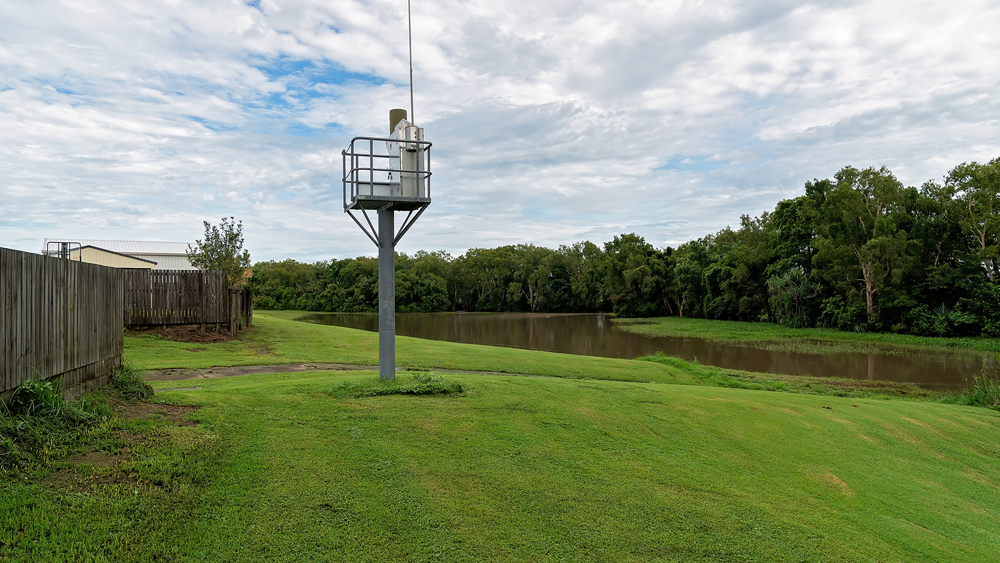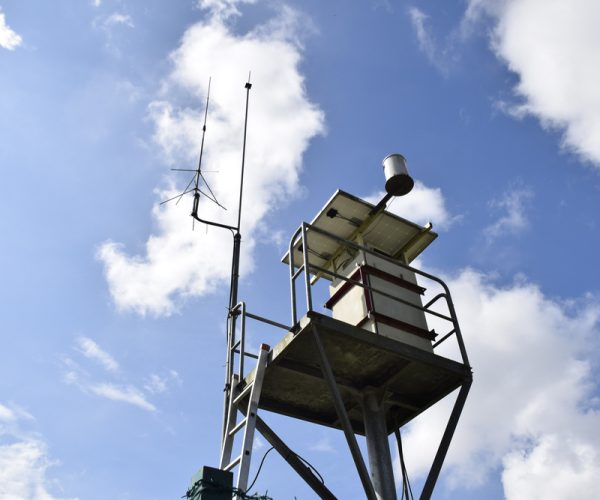- Monday - Friday 9:00 AM - 5:00 PM
- (+61) 433 634 344
- JohnA@ireactconsulting.com
Early Warning Systems
- Home
- Early Warning Systems
Flood Early Warning Systems in New Zealand
New Zealand’s varied geography presents unique challenges when it comes to flood risk. From mountainous regions to coastal plains, several areas face potential flooding threats. Implementing robust flood Early Warning Systems (EWS) is crucial for safeguarding lives, infrastructure, and communities.
John Alexander of iREACT Consulting Offers Expert Advice on EWS
John Alexander, a subject matter expert with over 13 years of experience, can guide you through the complexities of flood risk mitigation. He provides invaluable consultation and advice to navigate flood challenges effectively.
Understanding Flood Early Warning Systems (EWS)
EWS are proactive systems designed to deliver timely alerts and critical information to at-risk communities, authorities, and stakeholders. They go beyond simple flood prediction, enabling swift responses and enhanced preparedness across all levels of society.
Effective EWS involve collaboration between various parties:
- Government agencies
- Meteorological departments
- Local authorities
- Emergency services
- Non-governmental organisations (NGOs)
- Affected communities
Engaging stakeholders fosters a coordinated and inclusive approach to flood risk management, building ownership, trust, and accountability among all involved.

Key Components of Early Warning Systems
Monitoring and Detection
Advanced technologies like remote sensing, hydrological modeling, and real-time data collection are used to monitor key flood indicators. This includes rainfall patterns, river levels, and soil moisture content. Continuous monitoring allows for early detection of potential flood events, enabling authorities to take prompt action.
Risk Assessment
Data collected from monitoring efforts is analysed to assess the severity and likelihood of flooding in specific areas. Sophisticated modeling techniques and historical data analysis help identify vulnerable communities, critical infrastructure, and high-risk zones. This information guides targeted intervention strategies and efficient resource allocation.
Communication and Dissemination
Establishing efficient communication channels is vital for relaying alerts and warnings to the public, emergency responders, and relevant agencies. A multi-pronged approach utilising mobile alerts, sirens, social media, and traditional media outlets ensures widespread information dissemination. This empowers individuals to take timely and appropriate actions to protect themselves and their property.
Response and Preparedness
Developing comprehensive response plans, conducting drills, and coordinating rescue and evacuation efforts are essential for minimising loss of life and property damage during floods. By integrating these measures into EWS frameworks, communities can enhance their resilience and effectively mitigate the impact of floods.
EWS Implementation in New Zealand
Government Initiatives and Policies
The New Zealand government actively addresses flood risks. They develop comprehensive policies, frameworks, and funding initiatives to support EWS implementation at national and regional levels. These initiatives aim to enhance coordination, capacity building, and investment in flood resilience measures, making New Zealand better prepared for flood events.
Collaboration with Local Communities
Effective EWS prioritises engagement and collaboration with local communities. Their knowledge and resources are invaluable. By involving communities in decision-making, risk assessment activities, and awareness campaigns, EWS initiatives foster a sense of ownership and empowerment among residents. This enhances the effectiveness and acceptance of early warning systems.
Integration with Existing Infrastructure
To maximise efficiency and effectiveness, EWS in New Zealand are integrated with existing infrastructure. This includes river gauges, flood maps, and emergency communication systems. Leveraging existing resources and technology strengthens the capabilities of EWS and ensures seamless coordination between various stakeholders during flood events, minimising response times and optimising resource allocation.

Effectiveness and Impact of Early Warning Systems
John’s expertise can help you implement a successful EWS tailored to your needs. Here’s how EWS make a difference:
- Reduced Flood-Related Damages: Early detection, communication, and coordinated responses lead to significant reductions in flood-related damages. This saves lives, protects livelihoods, and preserves critical infrastructure.
- Enhanced Community Resilience: Beyond immediate impact, EWS empower communities for long-term preparedness. Ongoing engagement and capacity building enable individuals to take proactive measures to reduce their vulnerability to floods and other natural hazards.
Get Expert Advice on Flood Early Warning Systems
Flood early warning systems are vital tools for mitigating flood risks and building resilient communities. John can provide the expertise you need to safeguard your property and community.
Contact him today to discuss your flood mitigation needs.

